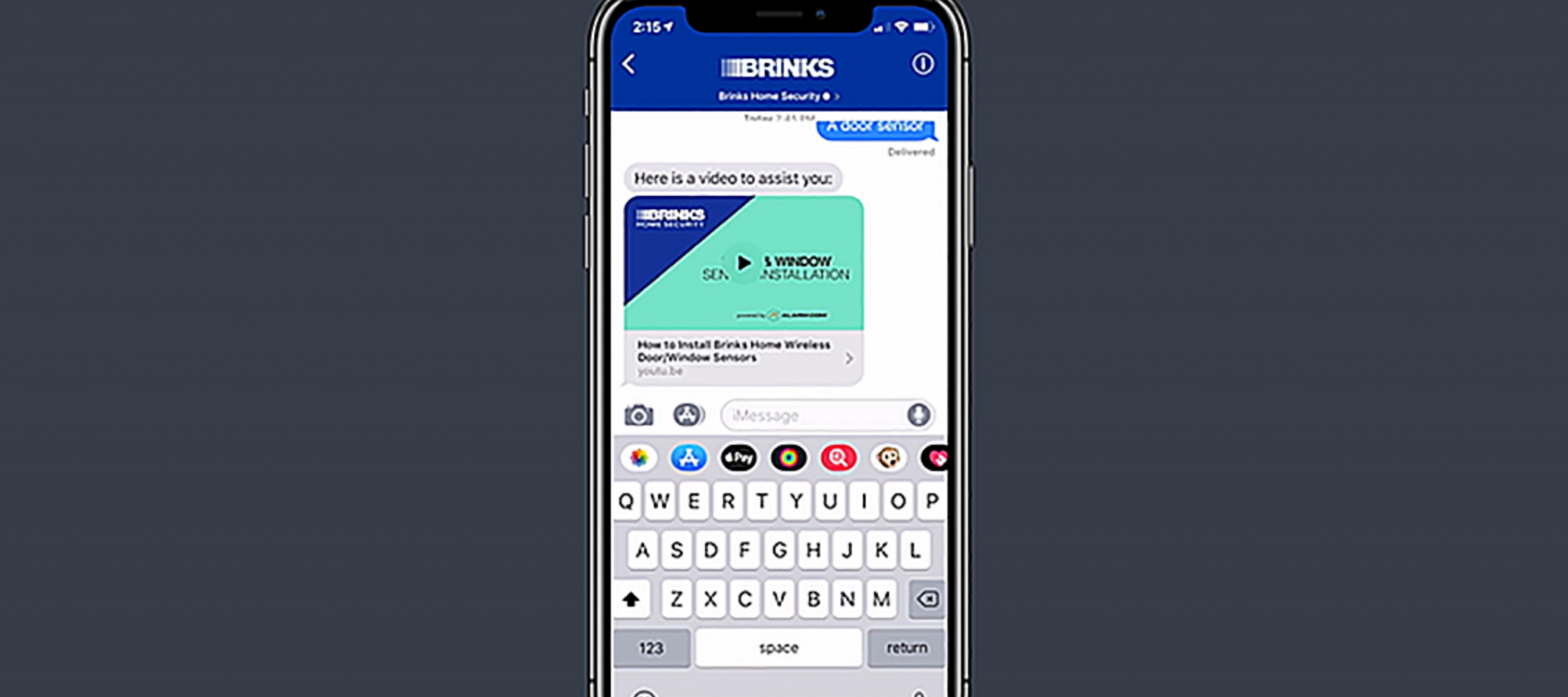As an industry, hospitality is aimed squarely at meeting customer needs. Whether it’s a businesswoman staying in 5-star resorts or a mother of three getting a quiet weekend to herself, the job of the hospitality professionals they interact with is to anticipate what they want and make sure they get it.
As technologies like artificial intelligence become more powerful and pervasive, customer expectations will change. When that businesswoman books a hotel room, she’ll expect there to be a capable virtual assistant talking to her about a vacation spot; when that mother navigates the process of buying a ticket, she’ll expect to be interacting with a very high-quality chatbot, perhaps one that’s indistinguishable from an actual human being.
All of this means that the hospitality industry needs to be thinking about how it will be impacted by AI. It needs to consider what the benefits of AI for hospitality are, what limitations are faced by AI, and how it can be utilized effectively. That’s what we’re here to do today, so let’s get started.
Why is AI Important for Hospitality?
AI is important in hospitality for the same reason it’s important everywhere else: it’s poised to become a transformative technology, and just about every industry – especially those that involve a lot of time interacting through text – could be up-ended by it.
The businesses that emerge the strongest from this ongoing revolution will be those that successfully anticipate how large language models and similar tools change workflows, company setups, cost and pricing structures, etc.
With that in mind, let’s work through some of the ways in which AI is (or will) be used in hospitality.
How is AI Used in Hospitality?
There are many ways in which AI is used in hospitality, and in the sections that follow we’ll walk through a number of the most important ones.
Chatbots and Customer Service
Perhaps the most obvious place to begin is with chatbots and customer service more broadly. Customer-facing chatbots were an early application of natural language processing, and have gotten much better in the decades since. With ChatGPT and similar LLMs, they’re currently in the process of taking another major leap forward.
Now that we have models that can be fine-tuned to answer questions, summarize texts, and carry out open-ended interactions with human users, we expect to see them becoming more and more common in hospitality. Someday soon, it may be the case that most of the steps involved in booking a room or changing a flight happens entirely without human assistance of any kind.
This is especially compelling because we’ve gotten so good at making chatbots that are very deferential and polite (though as we make clear in the final section on “limitations”, this is not always the case.)
Virtual Assistants
AI virtual assistants are a generalization of the idea behind chatbots. Whereas chatbots can be trained to offload many parts of hospitality work, powerful virtual assistants will take this dynamic to the next level. Once we have better agents – systems able to take strings of actions in pursuit of a goal – many more parts of hospitality work will be outsourced to the machines.
What might this look like?
Well, we’ve already seen some tools that can do relatively simple tasks like “book a flight to Indonesia”, but they’re still not all that flexible. Imagine an AI virtual assistant able to handle all the subtleties and details involved in a task like “book a flight for ten executives to Indonesia, and book lodging near the conference center and near the water, too, then make reservations for a meal each night of the week, taking into account the following dietary restrictions.”
Work into building generative agents like this is still in its infancy, but it is nevertheless an active area of research. It’s hard to predict when we’ll have agents who can be trusted to do advanced work with minimal oversight, but once we do, it’ll really begin to change how the hospitality industry runs.
Sentiment Analysis
Sentiment analysis refers to an automated, algorithmic approach to classifying the overall vibe of a piece of text. “The food was great” is obviously positive sentiment, “the food was awful” is obviously negative sentiment, and then there are many subtler cases involving e.g. sarcasm.
The hospitality industry desperately needs tools able to perform sentiment analysis at scale. It helps them understand what clients like and dislike about particular services or locations, and can even help in predicting future demand. If, for example, there’s a bunch of positive sentiment around a concert being given in Indonesia, that indicates that there will probably be a spike in bookings there.
Boosting Revenues for Hospitality
People have long been interested in using AI to make money, whether that be from trading strategies generated by ChatGPT or from using AI to create ultra-targeted marketing campaigns.
All of this presents an enormous opportunity for the hospitality industry. Through a combination of predictive modeling, customer segmentation, sentiment analysis, and related techniques, it’ll become easier to forecast changes in demand, create much more responsive pricing models, and intelligently track inventory.
What this will ultimately mean is better revenues for hotels, event centers, and similar venues. You’ll be able to cross-sell or upsell based on a given client’s unique purchase history and interests, you’ll have fewer rooms go unoccupied, and you’ll be less likely to have clients who are dissatisfied by the fact tha you ran out of something.
Sustainability and Waste Management
An underappreciated way in which AI will benefit hospitality is by making sustainability easier. There are a few ways this could manifest.
One is by increasing energy efficiency. Most of you will already be familiar with currently-existing smart room technology, like thermostats that learn when you’re leaving and turn themselves up, thus lowering your power bill.
But there’s room for this to become much more far-ranging and powerful. If AI is put in charge of managing the HVAC system for an entire building, for example, it could lead to savings on the order of millions of dollars, while simultaneously making customers more comfortable during their stay.
And the same holds true for waste management. AI systems smart enough to discover when a trash can is full means that your cleaning staff won’t have to spend nearly as much time patrolling. They’ll be able to wait until they get a notification to handle the problem, gaining back many hours in their day that can be put towards higher-value work.
What are the Limitations of AI in Hospitality?
None of this is to suggest that there won’t also be drawbacks to using AI in hospitality. To prepare you for these challenges, we’ll spend the next few sections discussing how AI can fail, allowing you to be proactive in mitigating these downsides.
Impersonality in Customer Service
By properly fine-tuning a large language model, it’s possible to get text output that is remarkably polite and conversational. Still, throughout repeated or sustained interactions, the model can come to feel vaguely sterile.
Though it might in principle be hard to tell when you’re interacting with AI v.s. a human, the fact remains that models don’t actually have any empathy. They may say “I’m sorry that you had to deal with that…”, but they won’t truly know what frustration is like, and over time, a human is likely to begin picking up on that.
We can’t say for certain when models will be capable of expressing sympathy in a fully convincing way, but for the time being, you should probably incorporate systems that can flag conversations that are going off the rails so that a human customer service professional can intervene.
Toxic Output, Bias, and Abuse
As in the previous section, a lot of work has gone into finetuning models so that they don’t produce toxic, biased, or abusive language. Still, not all the kinks have been ironed out, and if a question is phrased in just the right way, it’s often possible to get past these safeguards. That means your models might unpredictably become insulting or snarky, which is a problem for a hospitality company.
As we’ve argued elsewhere, careful monitoring is one of the prices that have to be paid when managing an AI assistant. Since this technology is so new, we have at best a very vague idea of what kinds of prompts lead to what kinds of responses. So, you’ll simply have to diligently keep your eyes peeled for examples of model responses that are inappropriate, having a human take over if and when things are going poorly.
(Or, you can work with Quiq – our guardrails ensure none of this is a problem for enterprise hospitality businesses).
AI in Hospitality
New technologies have always changed the way industries operate, and that’s true for hospitality as well. From virtual assistants to chatbots to ultra-efficient waste management, AI offers many benefits (and many challenges) for hospitality.
If you want to explore using these tools in your hospitality enterprise but don’t know the first thing about hiring AI engineers, check out the Quiq conversational CX platform. We’ve built a proprietary large language model offering that makes it easy to incorporate chatbots and other technologies, without having to worry about what’s going on under the hood.
Schedule a demo with us today to find out how you can catch the AI wave!

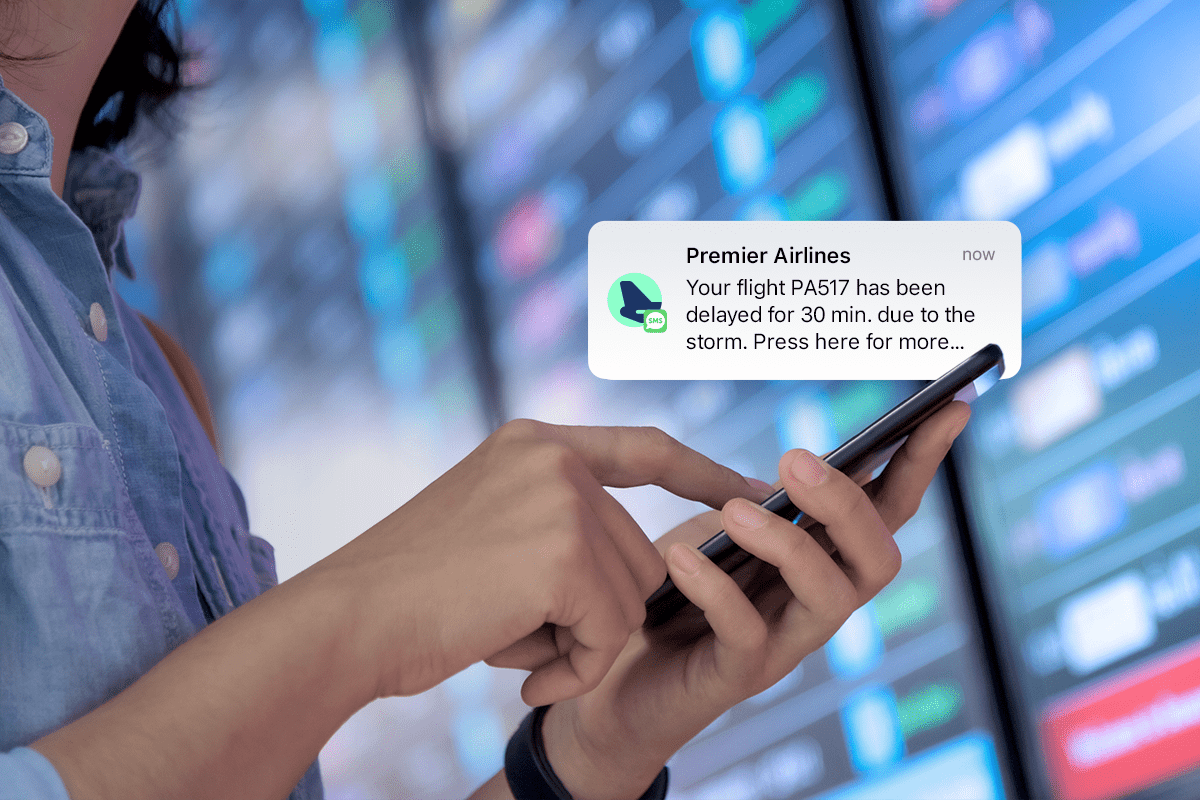

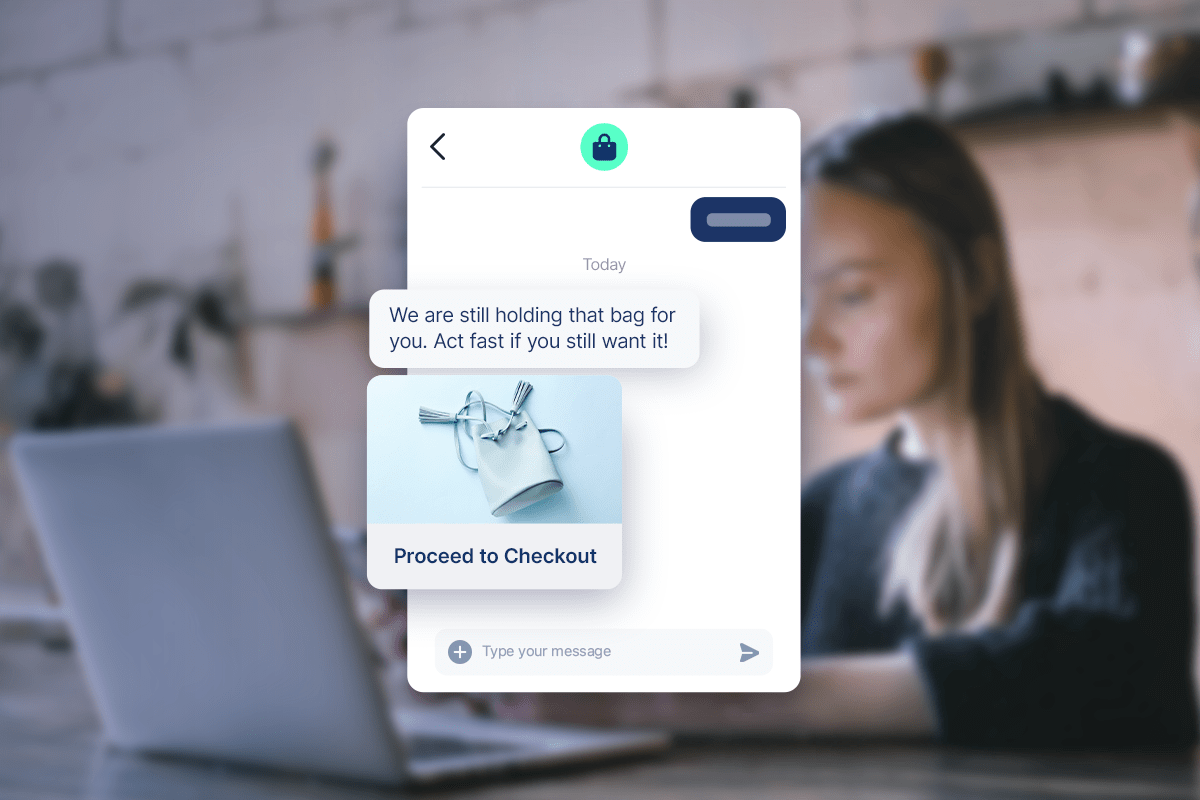

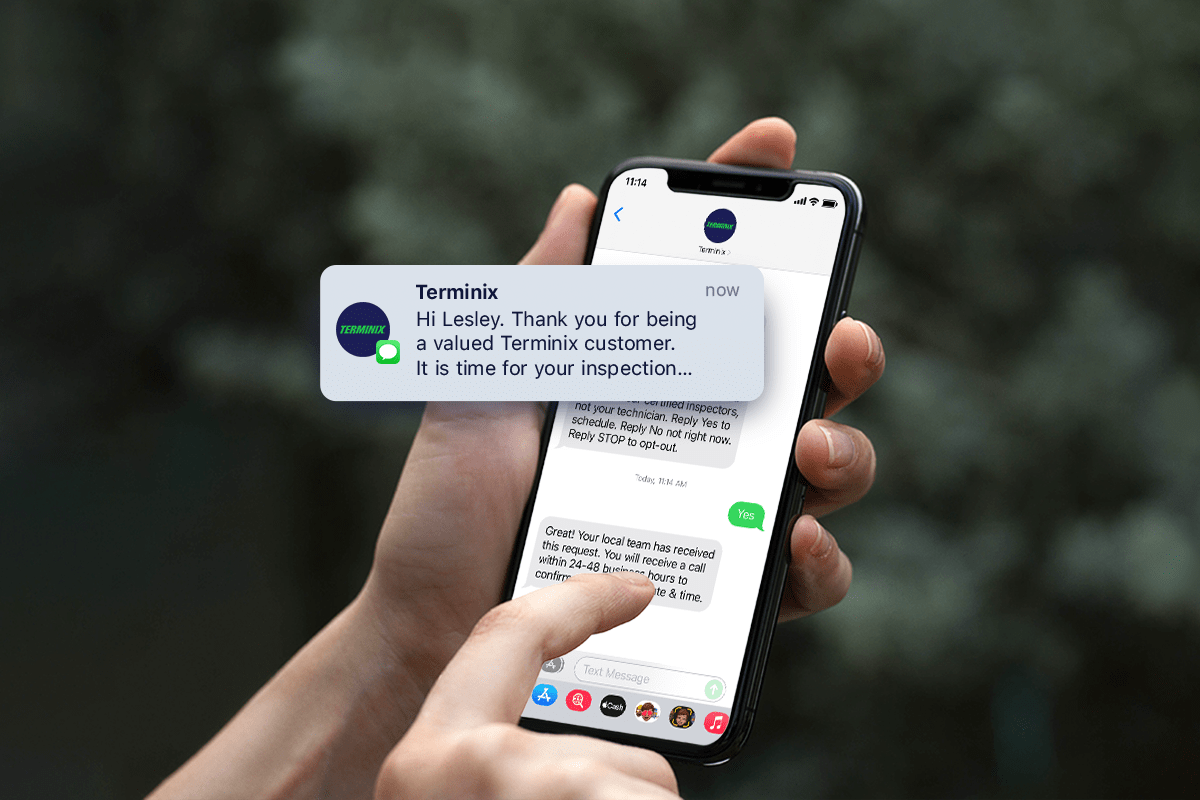
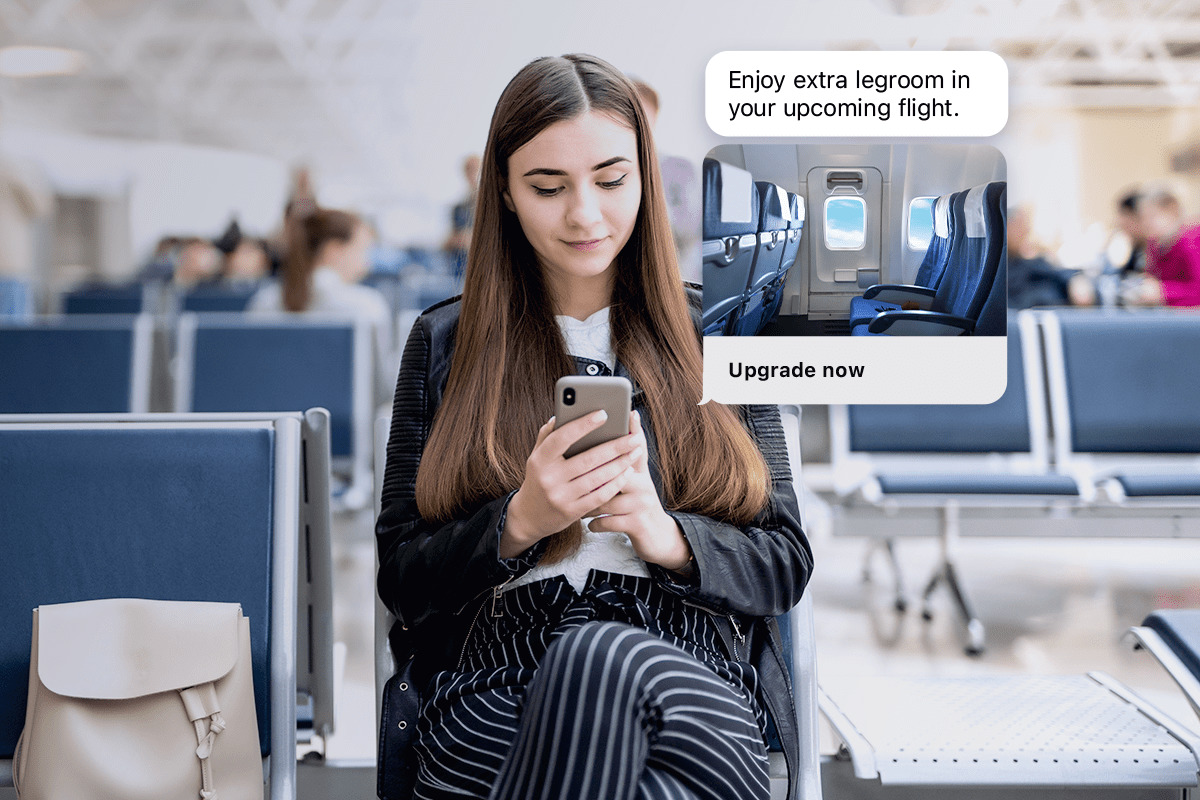
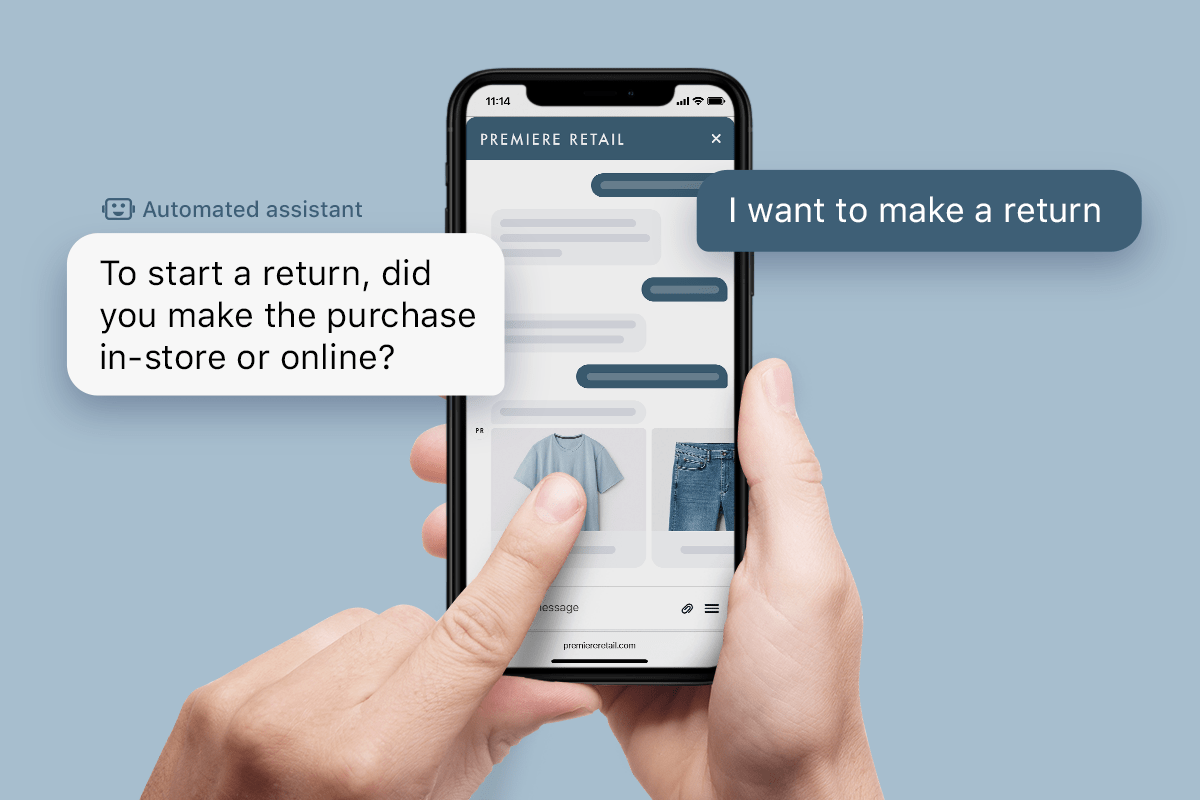
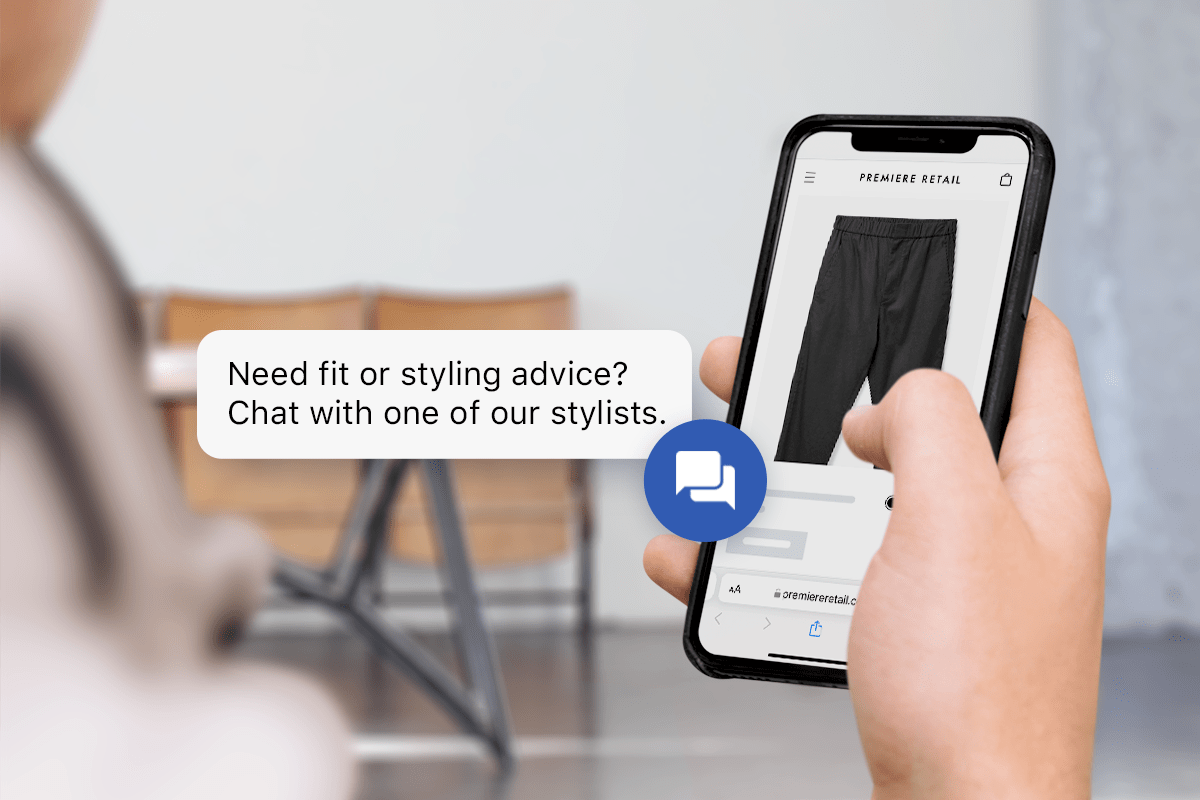

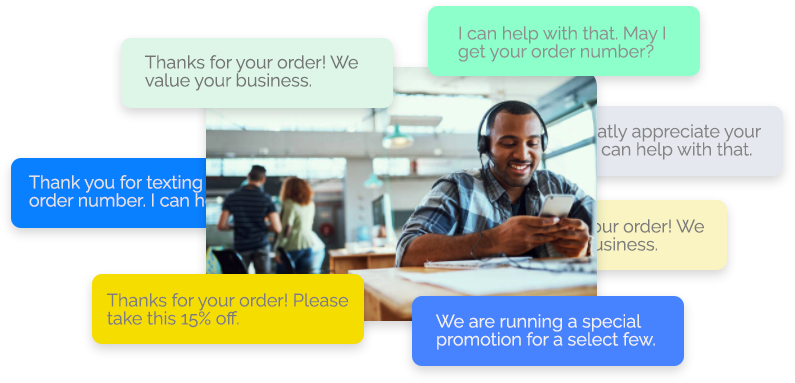 A conversational platform, like Quiq, seamlessly connects agents and customers through a variety of
A conversational platform, like Quiq, seamlessly connects agents and customers through a variety of 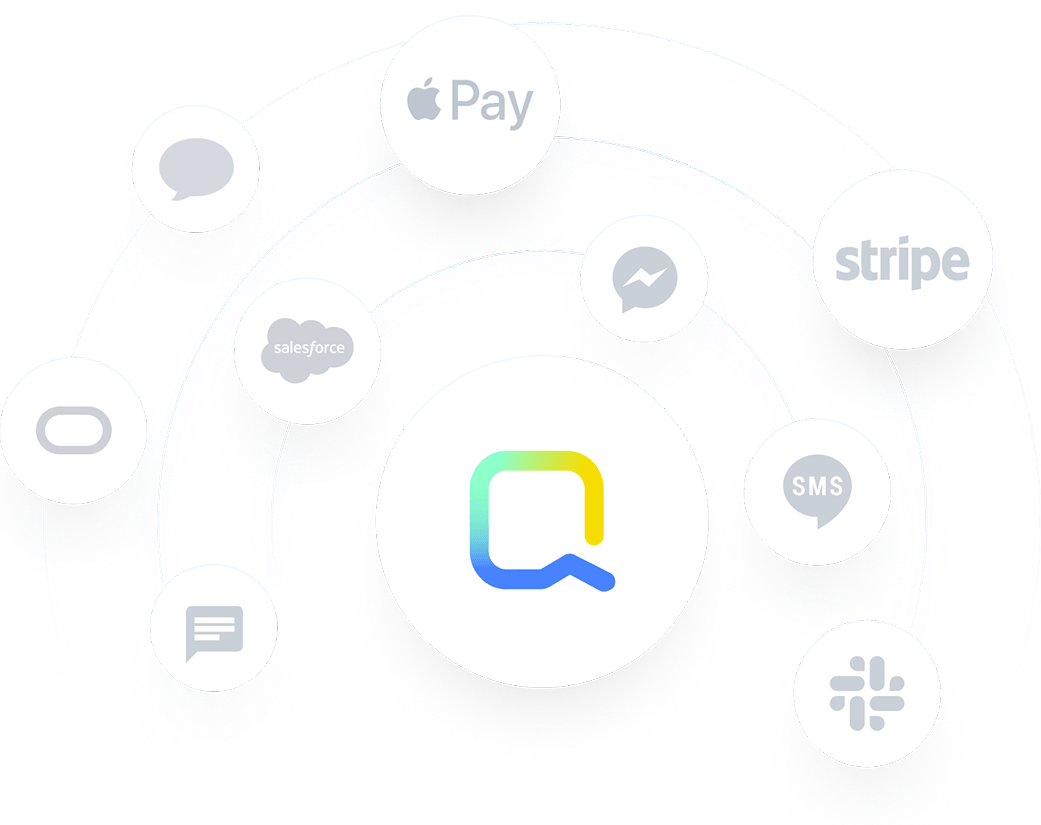

 John Buxton, SVP and CIO at Black Hills recalls how his organization started to see high abandonment rates and long wait times. As he recalls, “it just didn’t feel like we were maybe providing the service that we wanted to.”
John Buxton, SVP and CIO at Black Hills recalls how his organization started to see high abandonment rates and long wait times. As he recalls, “it just didn’t feel like we were maybe providing the service that we wanted to.” Normally, IH Mississippi would use email and phone calls to contact these members. This process was time-consuming and usually didn’t yield a high response rate. The team now uses messaging which has reduced processing time and boosted response rates.
Normally, IH Mississippi would use email and phone calls to contact these members. This process was time-consuming and usually didn’t yield a high response rate. The team now uses messaging which has reduced processing time and boosted response rates.



 It’s not just booking availability inquiries that are handled quickly through the messaging channel. A lot of people want to cancel reservations, change dates or site location, while others want to know about facilities and amenities at specific locations. In general, Aspira finds that messaging conversations are a lot shorter and faster than phone calls. Agents have observed that it usually takes just 10 messages back and forth on average to get to a resolution.
It’s not just booking availability inquiries that are handled quickly through the messaging channel. A lot of people want to cancel reservations, change dates or site location, while others want to know about facilities and amenities at specific locations. In general, Aspira finds that messaging conversations are a lot shorter and faster than phone calls. Agents have observed that it usually takes just 10 messages back and forth on average to get to a resolution. 

